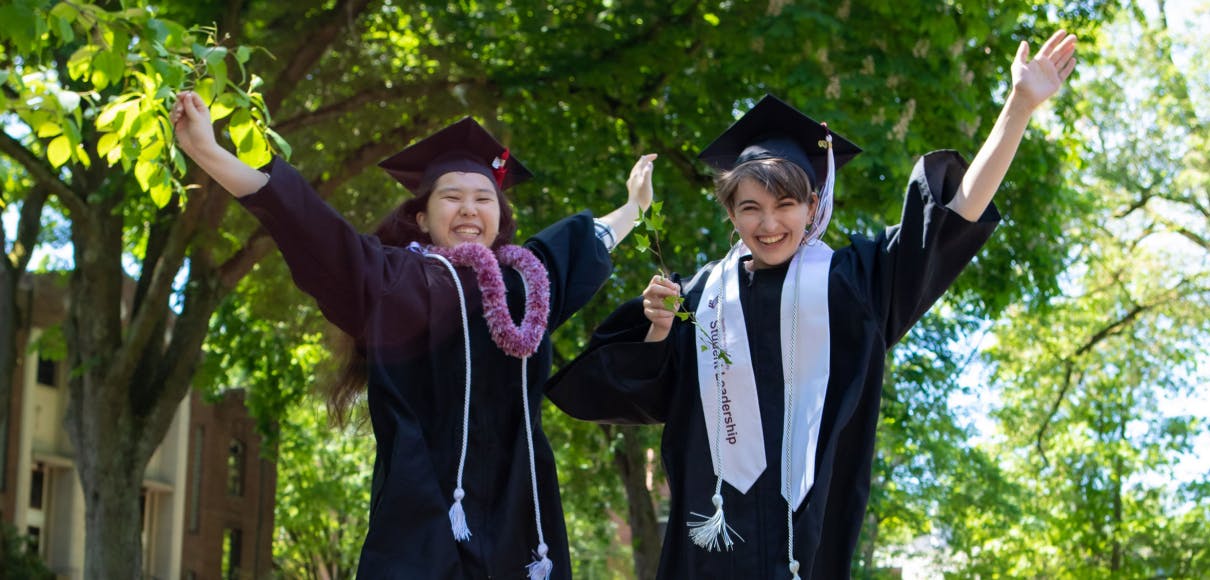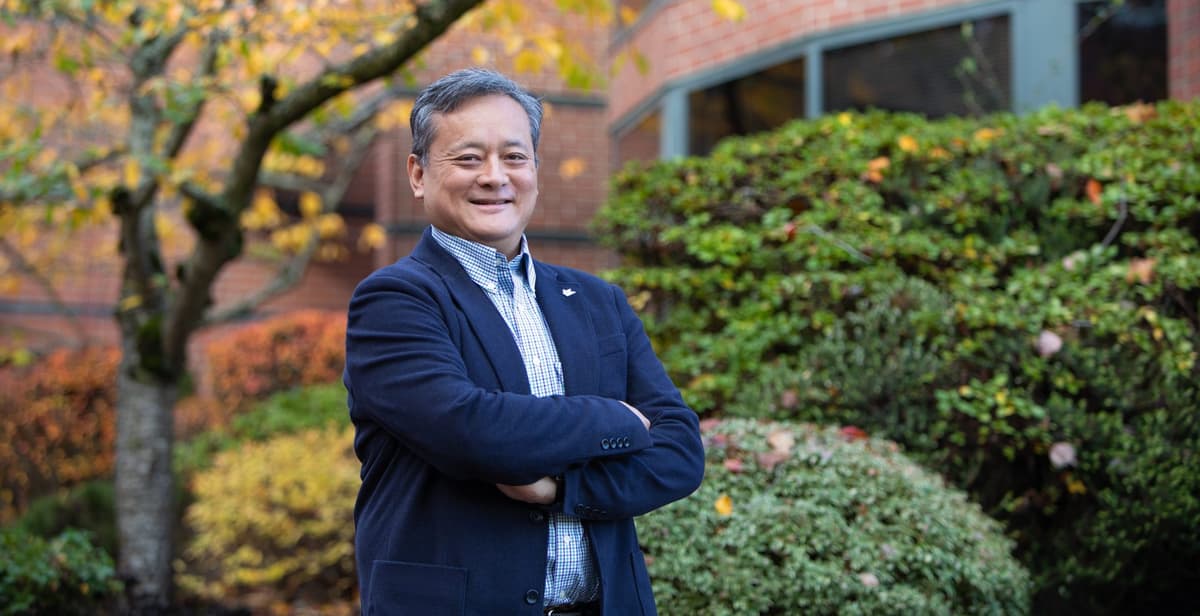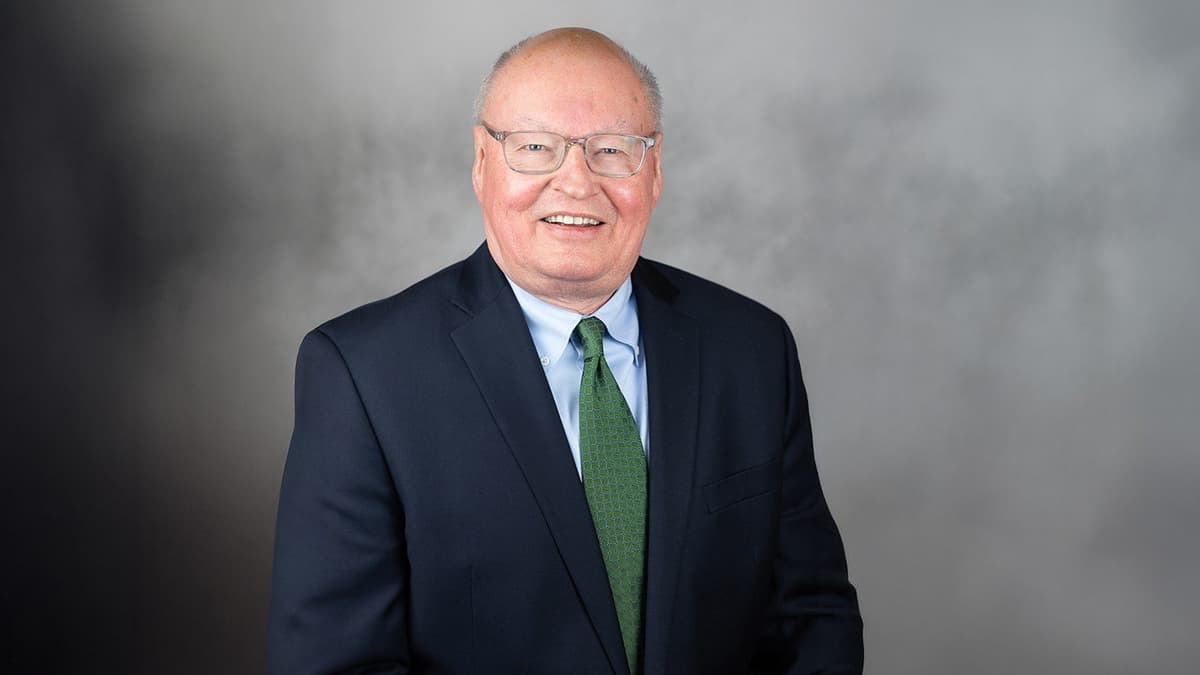Last year, in a historic move to close the college accessibility gap, Seattle Pacific lowered undergraduate tuition rate by 25% and added new scholarships.
Across the nation, college costs rise every year, making it more difficult for students, especially those considering a private university, to attend their college of choice.
In response, in autumn 2021, nationally ranked Seattle Pacific University reduced undergraduate tuition by 25% and added new scholarships that cut tuition by up to 50%.
According to the SPU admissions team, many students look at the initial tuition number and believe a college like SPU isn’t financially possible, without even exploring whether it’s a good fit for them. By lowering tuition and adding new scholarships, SPU has made a nationally ranked university more accessible to more students.
Many students look at the initial tuition number and believe a college like SPU isn’t financially possible, without even exploring whether it’s a good fit for them. By lowering tuition and adding new scholarships, SPU has made a nationally ranked university more accessible to more students.
SPU is one of the first private universities in the Pacific Northwest to make this change, in an effort to make college more accessible to students and to make the financial aid and college payment process easier for families to predict.
The tuition reduction is a result of two years of extensive planning, research, and budget stewardship, as well as a strong rate of returning students and growth in student enrollment.
Here’s what Tuition Reimagined gives our students:
1. Affordable private education
2. New scholarships
3. In-state tuition matching for students from Oregon, Washington, California, and Hawaii
4. Commitment to keep future costs as low as possible




